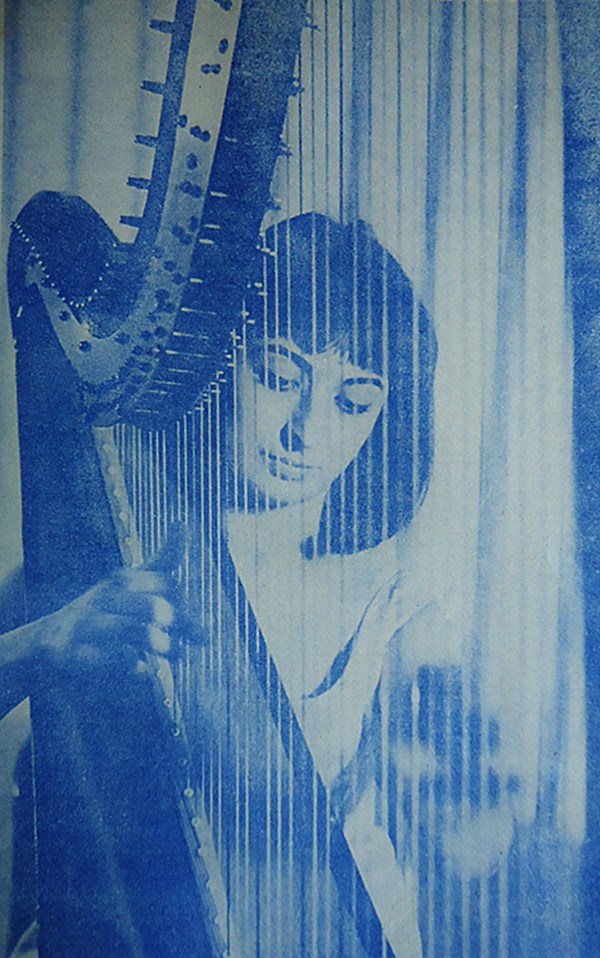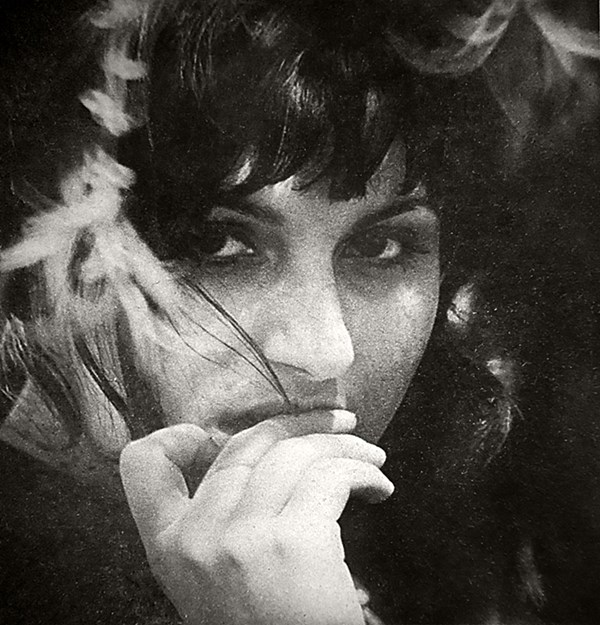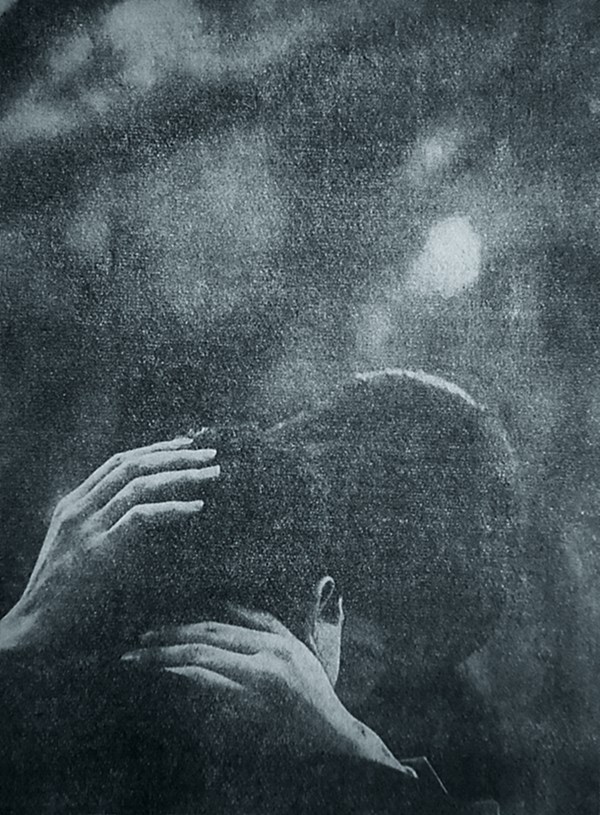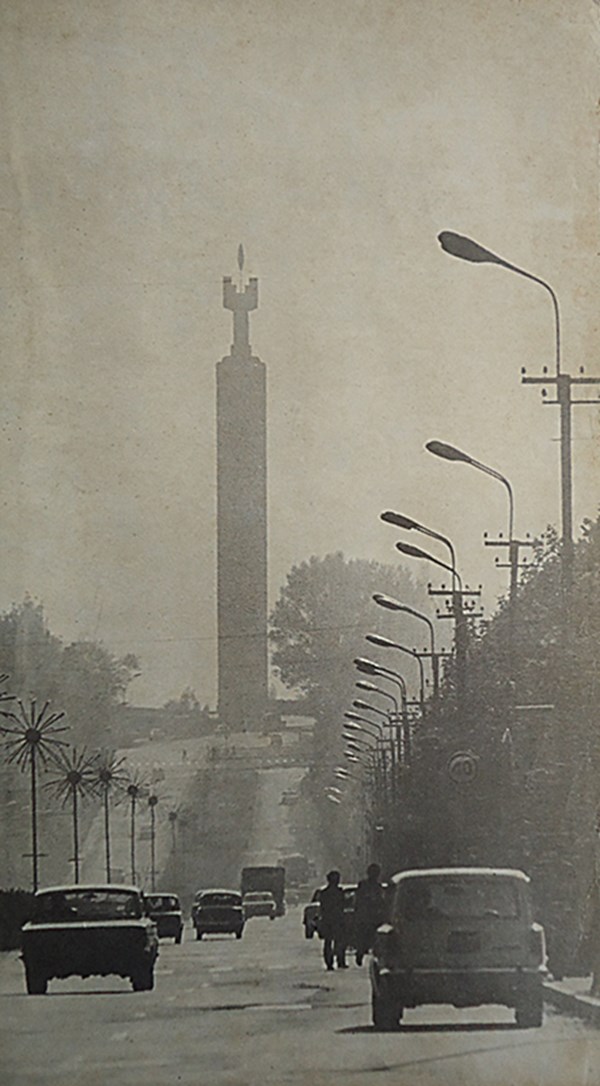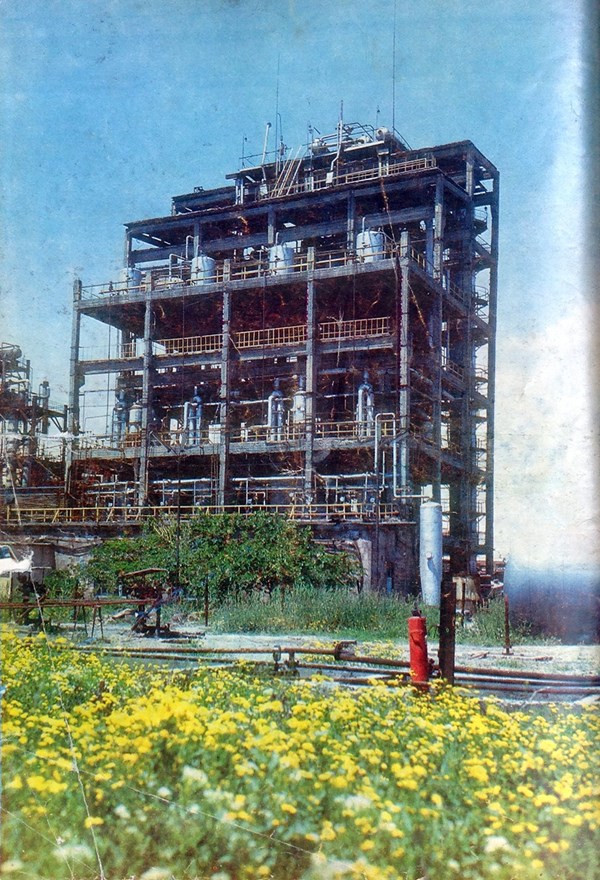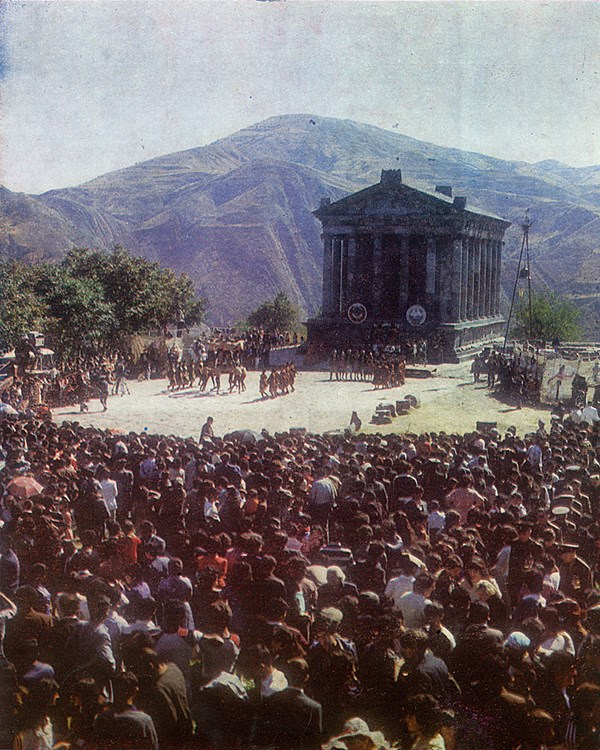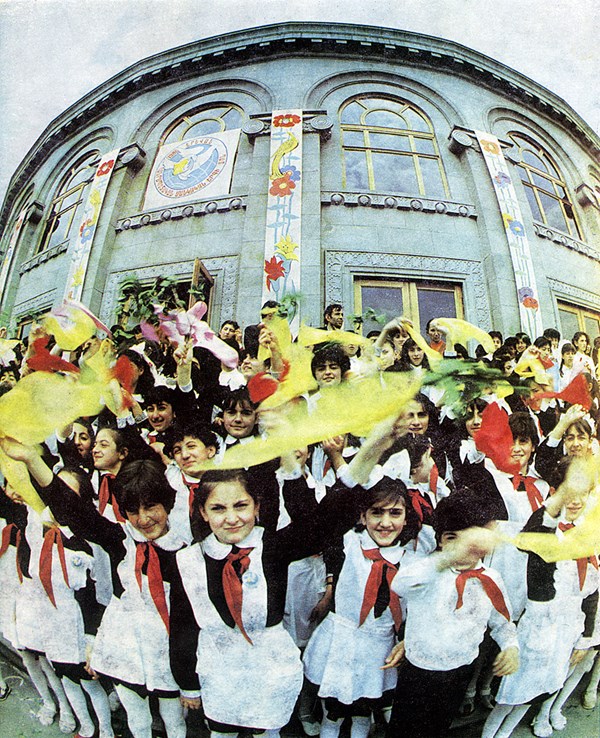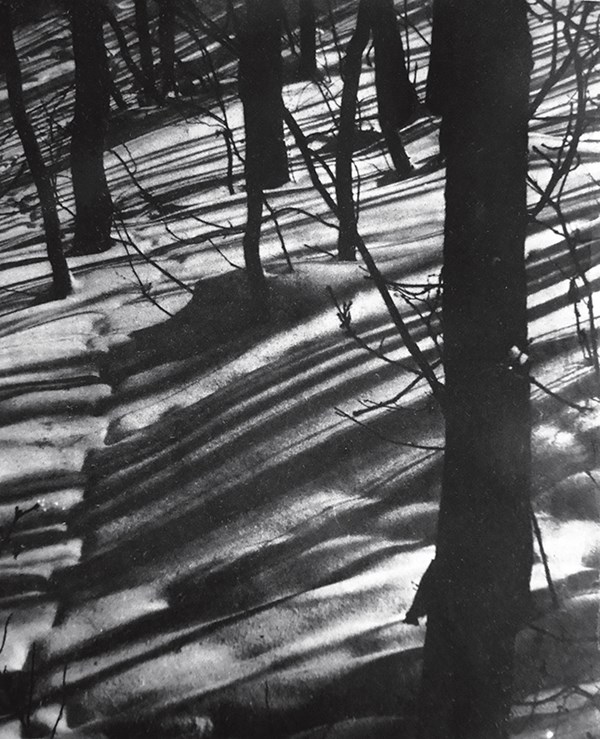
Poghos Hakobi Poghosyan
1941 - 2016
1960 - 2000s
Enamoured with the camera from childhood, Poghos Poghosyan, refined his photographic skills by attending Kajik Sevantsyan’s workshops at Yerevan Pioneer Palace’s photo club. The young man’s sharp observational talent was soon noted by the editors of the Kurdish ‘Ria-Taza’ newspaper which gave him a casual job as a photo-correspondent and he would gain a more permanent role at the widely distributed ‘Komsomolets’ daily in 1961.(1) Poghosyan’s lively photo-reportages came to the attention of writer and editor Vahagn Davtyan who offered him a position of a stuff photographer at the ‘Hayreniki Dzayn’ (Voice of the Fatherland) weekly, where Poghosyan remained for most of his career. His photographs have been published in almost all local periodicals, and many remain widely known and circulated to this day. Recognised for his contributions to the development of national photography, Poghosyan was awarded by the gold medal of Armenia’s Ministry of Culture in 2011.
Throughout the nearly six decades of his creative practice, Poghosyan has explored most genres of documentary and fine art photography. In his photojournalistic work, the briskly made snapshots of street scenes are particularly successful, in which the photographer has shown his outstanding ability to capture the Cartier-Bressonian ‘decive moment’. A constant presence at all the major events in the Republic of Armenia throughout the second half of the twentieth century, Poghosyan eventually accumulated an enormous visual archive of tremendous historical significance. His role in this type of work is particularly well-known by the series of documentaries dating back to the 1976 visit of the villager Saroyan. It is worth mentioning that Poghosyan was also one of the first and most skilled local photographs to work with colour. For that reason, he was often given major photo-album commissions, such as the 1984 large-format coffee-table book ‘The Treasures of Ejmiatsin’, (1984), which is undoubtedly the best example of museum or artefact photography in the annals of Soviet-Armenian photography. In the last two decades of his life Poghosyan was fully immersed in this field after becoming the stuff photographer at the History Museum of Armenia in 1992.
Poghosyan's legacy is multilayered, uneven and diverse. When strongly committed to a particular theme or subject, the photographer worked studiously in order to present the object of his attention from multiple angles. As with many other Soviet-Armenian photographers, his worldview is characterised by an earnestly poetic perception and belief in the veracity of camera’s ability to reveal an inner ‘truth’. At its best, however, Poghosyan's vision is intimately personal and devoid of spurious epicism. This is more evident in his non-reportage photographic studies, which are enveloped in a dreamy atmosphere of subtle lighting effects and soft forms through Poghosyan tried to capture the harmonious interconnection between the human and natural environments.
1) For biographical details see Vahan Kochar, Hay Lusankarichner [Armenian Photographers], self-published, 2007, p.283
Nationality
Armenian
Region
USSR, Armenia, ArmSSR
City
Yerevan
Activity
documentary, photo correspondent, photojournalist
Media
analogue photography, digital photography
Bibliography
Kochar, Vahan. Hay lusankarichner (in Armenian), self-published, 2007, p.283
Karapetian, Robert։ 'Lusankari Varpety: Poghos Poghosyany', 25.12.2014, www.hairenikweekly.com https://hairenikweekly.com/2014/11/25/19889
Poghosyan, Poghos (photographer). Ejmiatsni Gandzery, Ejmiatsin Holy See, 1984
Exhibitions
2011: Solo Exhibition, Paris Cafe, Yerevan
